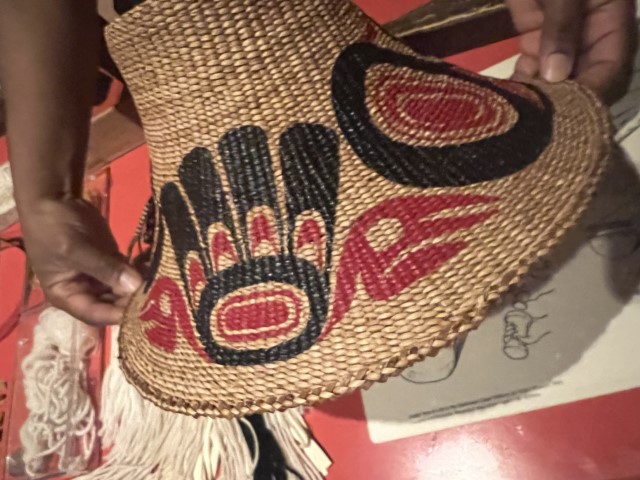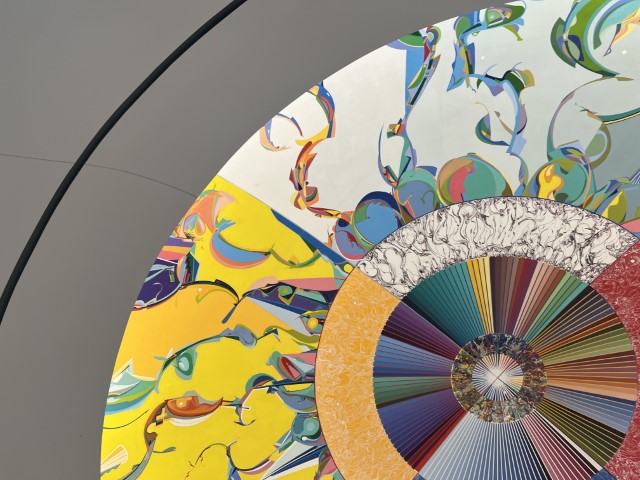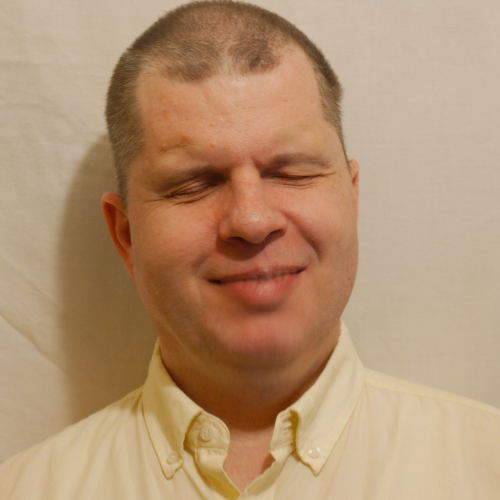After I was done with my work in Ottawa, I only had time to visit one thing before my flight. There is so much to pick from, I chose the Canadian Museum of History, but I would like to return, preferably in warmer weather. Each time I go to Ottawa, Cleveland reminds me of tropical vacation spots. Anyway, this time I didn’t prepare early, and I only started to schedule my visit two weeks before my trip, so at this point, I decided that I’ll be happy with anything, if I can’t get something organized, it is my fault. After all, I can always just walk in, buy a ticket and hope for the best. But that’s really the last option. I like to make sure that if I only have a few hours, I plan it and spend my time meaningfully.
I checked the museum’s accessibility page, but nothing really indicated that there is anything for blind people to do. Generally, there is always something, well, except when there isn’t so I like to make sure I won’t just walk by rows of glass containers. For more information, they suggested to use the contact form or call a number. I started with the contact form, it wasn’t too obvious what to pick, the two best options were general information or accessibility plan. I picked the second, and sent a message.
For about a week I haven’t heard from anybody, so a week before my trip I gave the museum a call. The gentleman I spoke with was very kind, he had me on the line while finding out what the options were and asked me to call on the morning of my visit to find out if there will be anybody to guide me through the museum. Right after that, I got a response for my email inquiry assuring me that there were audio guides, or I could respond for more information. I almost missed this email, because it has arrived from “Accessibility”, no indication of the organization or a name of a person.
On the morning of the agreed visit, I called the museum, and I was assured that they are waiting for me. When I arrived, Sutheary came to meet me, and let me know that I will be meeting with Yannick, who will guide me through the exhibits.
She already had some things set up for me. As she described the wooden house we were in, she showed me how the people of the First Nation weaved baskets, made hats, or cut trees.

I also learned how they made four sides of a box using just one plank.
While checking the artifacts, we talked about other things too, and I found out that the building is made so that it doesn’t have corners, because corners are creating a space for evil spirits.

I had a chance to touch the steps of carving a statue from argillite.
Then we went to walk around the museum, and Yannick explained everything one could see, and allowed me to touch anything that wasn’t behind glass. There was actually quite a bit to touch, totem poles, house entries, an entire Ukrainian church inside the building to name a few.

I have to say, the highlight of the tour was all the things which were prepared specifically to touch, but the museum definitely has enough things to touch and experience to make it interesting even without a guided tour. But I am glad I called ahead. I spent more than one and a half hour in the museum, and there was much more to it, but I didn’t have more time.
It was another wonderful museum visit, I am truly thankful to all the people who made it happen. I would highly recommend this museum to blind people, and I also added it to the list of tactile museums, as I believe one can spend a long time here meaningfully without vision.


A museum colleague of mine saw and your article and sent me this link. I am so happy that you enjoyed your visit
and hope that you will have the opportunity to come back and visit the spaces you did not have the time to explore.
It was nice to have met you. A highlight for me now, having read your article, is that I get to see some of the pictures you took.
They look great! Oh! The spelling of my name is Yannick and the lady that had greeted you that day was Sutheary.
Yannick, thank you so much for writing, I corrected your name in the post. My wife helped me pick the better pictures, I took a good number of shoe pictures 🙂 I need more practice. Thank you again for the great tour, I will recommend to people to get in touch with you when they are in Ottawa, and I’ll definitely stop by again when I’m in town.